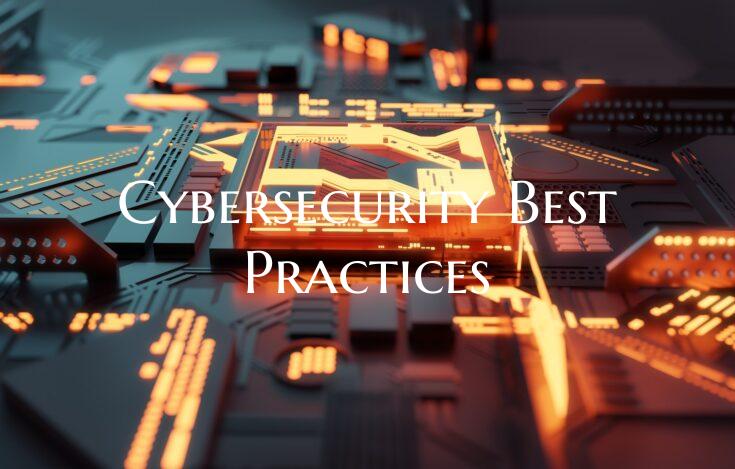Cybersecurity Best Practices
In today's increasingly digital world, safeguarding your sensitive data and information from cyber threats has never been more critical. Implementing effective cybersecurity best practices can help protect individuals and organizations from potential cyber attacks and data breaches. Here are some key strategies to enhance your cybersecurity posture:
1. Keep Software Updated: Regularly update operating systems, applications, and antivirus software to patch known vulnerabilities and enhance security measures. Enable automatic updates whenever possible to ensure that your systems are protected against the latest threats.
2. Use Strong Passwords: Create complex and unique passwords for each account and device, combining letters, numbers, and special characters. Avoid using easily guessable passwords like "password123" or personal information that can be easily accessed or guessed.
3. Enable Two-Factor Authentication: Implement two-factor authentication (2FA) wherever possible to add an extra layer of security to your accounts. With 2FA, even if someone obtains your password, they will still need an additional verification method to access your account.
4. Be Cautious of Phishing Scams: Be vigilant against phishing emails and messages that attempt to trick you into revealing personal information or clicking on malicious links. Verify the legitimacy of all emails, especially those requesting sensitive information or urgent action.
5. Secure Your Wi-Fi Network: Encrypt your Wi-Fi network with a strong password and use Wi-Fi Protected Access (WPA) or WPA2 security protocols. Consider hiding your network name (SSID) and enabling a firewall to prevent unauthorized access to your network.
6. Backup Your Data: Regularly backup important data and files to an external hard drive, cloud storage, or secure server. In the event of a ransomware attack or data loss, having backups ensures that you can restore your information and minimize disruptions.
7. Implement Endpoint Security: Secure all devices, including computers, smartphones, and IoT devices, with endpoint security solutions such as antivirus software, firewalls, and intrusion detection systems. Regularly scan devices for malware and suspicious activities.
8. Educate Users: Provide cybersecurity awareness training to employees and individuals to educate them about common cyber threats, safe online practices, and how to recognize suspicious activities. Encourage a cybersecurity culture of vigilance and responsibility.
By following these cybersecurity best practices, you can significantly reduce the risk of falling victim to cyber attacks and protect your digital assets. Remember that cybersecurity is a continuous process, and staying informed about emerging threats and implementing proactive security measures is key to safeguarding your data in today's digital landscape.

